By: Mohd Affzanizam Mohd Amin
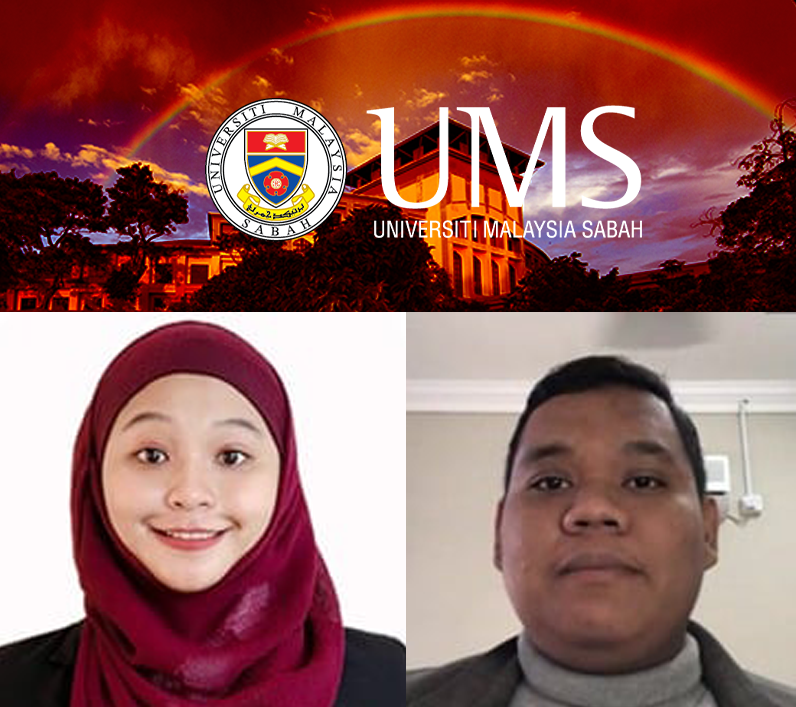 KOTA KINABALU: Two Universiti Malaysia Sabah (UMS) students who represented the university for the ‘Talk-Show Mahasiswa Indonesia-Malaysia 2021’ won several awards in the competition.
KOTA KINABALU: Two Universiti Malaysia Sabah (UMS) students who represented the university for the ‘Talk-Show Mahasiswa Indonesia-Malaysia 2021’ won several awards in the competition.
Science and Natural Resource faculty’s student, Muhammad Iman Azhar and Social Science and Humanity faculty’s student, Martika Muhamad Rezuan emerged as champions for the best presentation category while the innovation programme ‘Digital Hero’ presented was also selected as the Best Innovation winner.
UMS also won the second prize for the ‘innovative campus’ category in the competition that was held via the internet and participated by several other tertiary institutes in Malaysia and Indonesia.
Those participating from Malaysia are Universiti Teknologi Mara (UiTM), Universiti Malaysia Pahang (UMP), Universiti Putra Malaysia (UPM), Universiti Kebangsaan Malaysia (UKM), and Kolej Universiti Polytech Mara Kuala Lumpur (KUPTM).
Meanwhile, those participating from Indonesia are Universitas Syiah Kuala (USK), Politeknik Caltex Riau (PCR), Universitas Widya Kartika Surabaya (UWIKA), Politeknik Aceh Selatan (POLTAS), Politeknik Perkapalan Negeri Surabaya (PPNS) and Akfar YPPM Mandiri Banda Aceh.
Source: https://www.theborneopost.com/2021/02/15/ums-students-win-awards-for-malaysia/


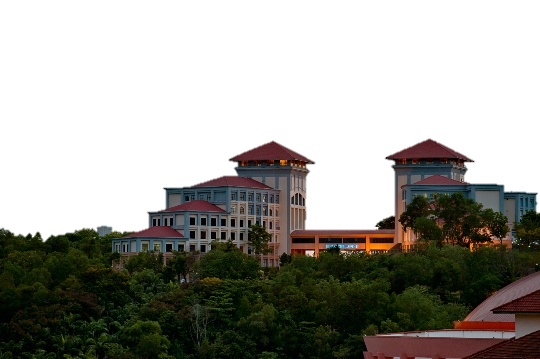
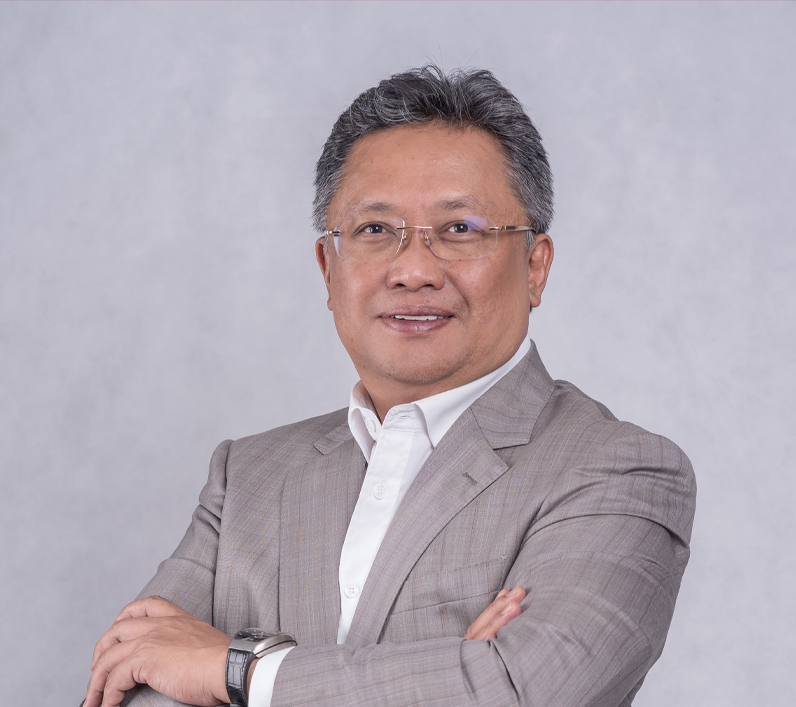 KOTA KINABALU: Newly-appointed Universiti Malaysia Sabah (UMS) Board of Directors chairman, Datuk Abdul Rahman Dahlan has put the hostel and campus issue as one his three main priorities.
KOTA KINABALU: Newly-appointed Universiti Malaysia Sabah (UMS) Board of Directors chairman, Datuk Abdul Rahman Dahlan has put the hostel and campus issue as one his three main priorities.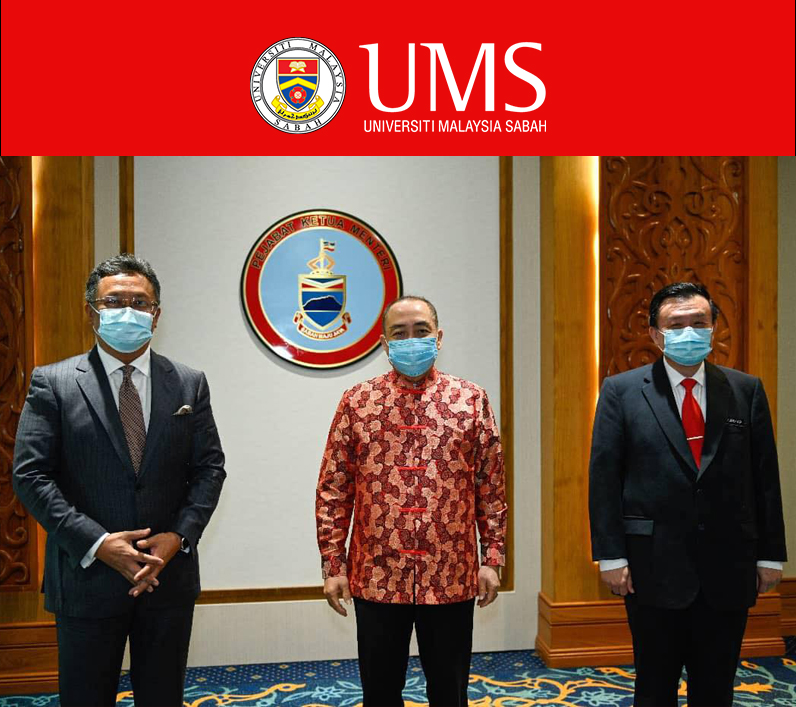 KOTA KINABALU: Chief Minister Datuk Seri Hajiji Mohd Noor wants Universiti Malaysia Sabah (UMS) to produce future entrepreneurs, especially among Sabah students in oil and gas (O&G) field.
KOTA KINABALU: Chief Minister Datuk Seri Hajiji Mohd Noor wants Universiti Malaysia Sabah (UMS) to produce future entrepreneurs, especially among Sabah students in oil and gas (O&G) field.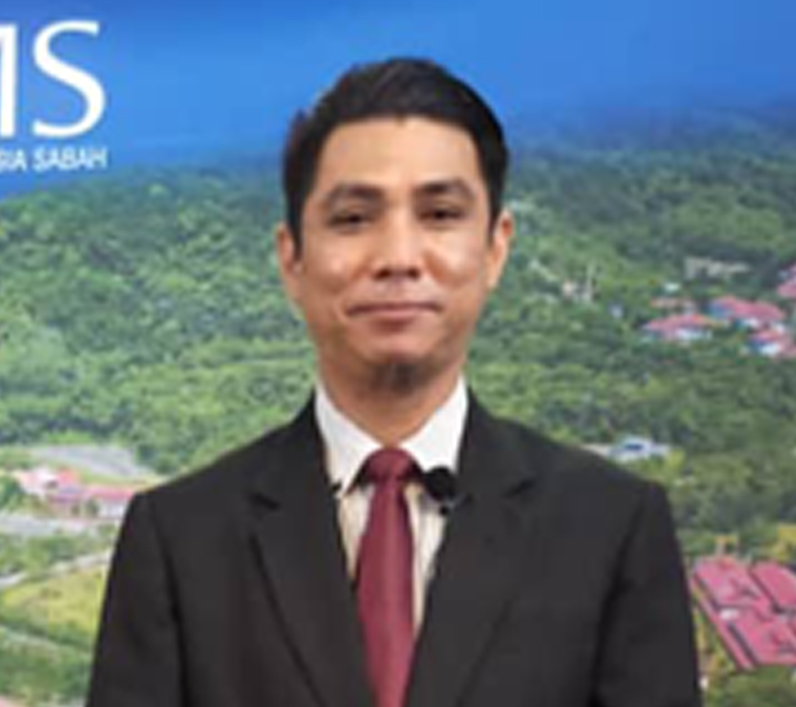
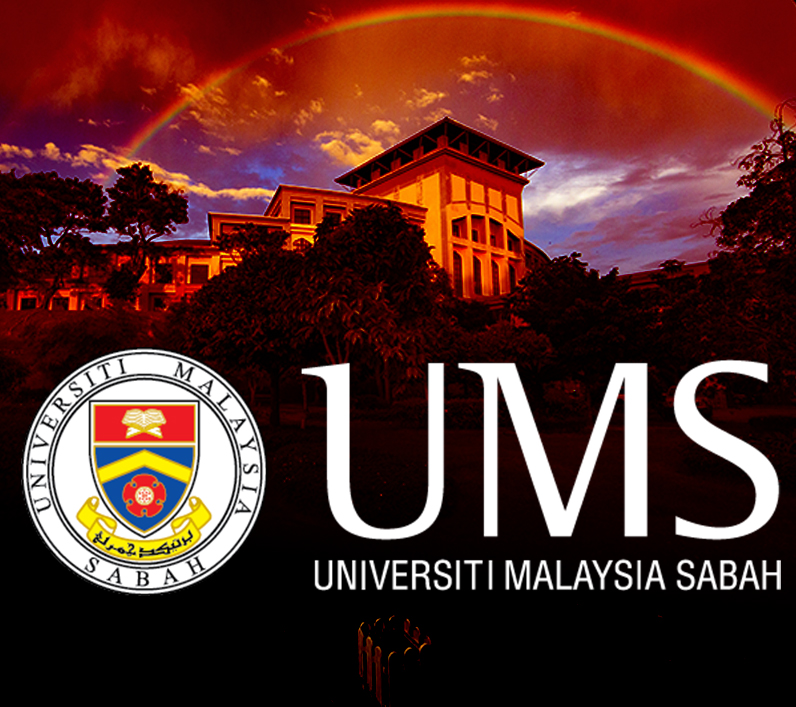 KOTA KINABALU: The group of students from Universiti Malaysia Sabah (UMS) Medicine and Health Sciences Faculty (FPSK) continue to shine in international competitions.
KOTA KINABALU: The group of students from Universiti Malaysia Sabah (UMS) Medicine and Health Sciences Faculty (FPSK) continue to shine in international competitions.